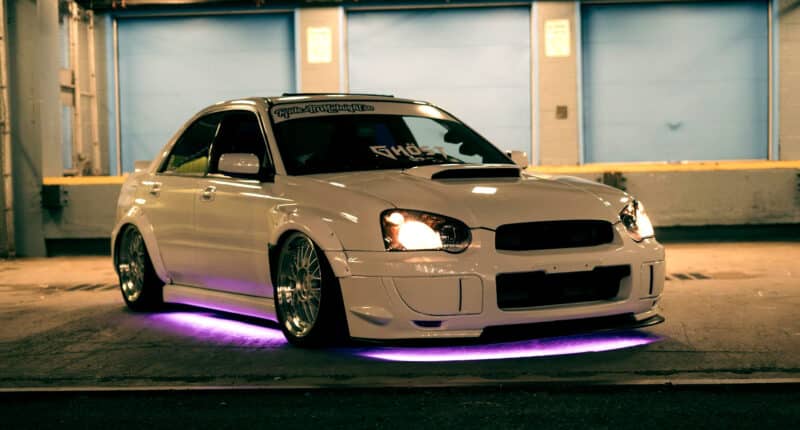Underglow, or car underlights, are a way to make your vehicle stand out from the rest. The UK, like many other countries, has laws in place that dictate what type of lighting you can have on your car.
This ranges from the type of headlights and taillights you run, necessary auxiliary lights, the colors and brightness allowed, as well as lighting that is strictly prohibited based on the type of vehicle you own.
In this guide, you’ll find details on the legality and use of underglow neon or LED lights in the UK.
The Specifics of Underglow Laws
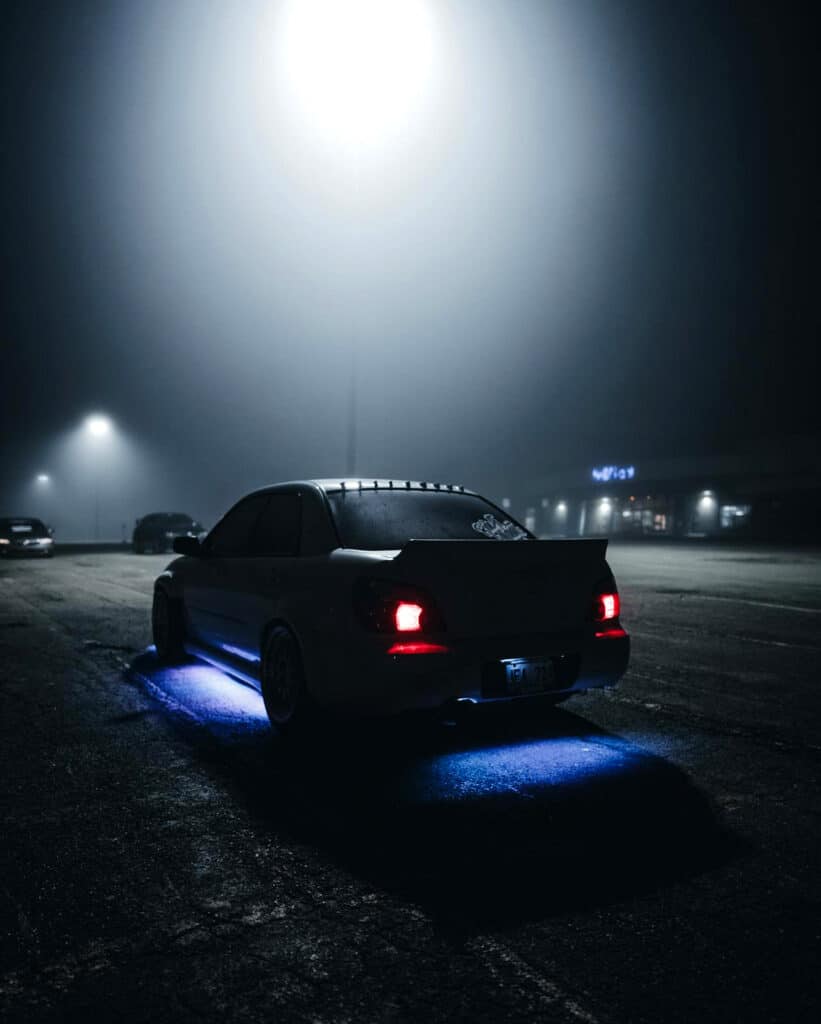
So are under car lights legal or illegal in the UK? As it turns out, there are actually no laws on the books that specifically outlaw underglow. It is legal for drivers in the UK to equip and run underglow on their vehicles, but this does not mean there are no restrictions.
Technically, underglow is indirectly regulated by means of automotive lighting laws that explain the types of lights you are required to have on a road going vehicle, as well as the lights you are forbidden to use.
Rules on Colors
A vehicle traveling on public roads in the UK is prohibited from having red, blue, or green lights visible from the front of said vehicle.
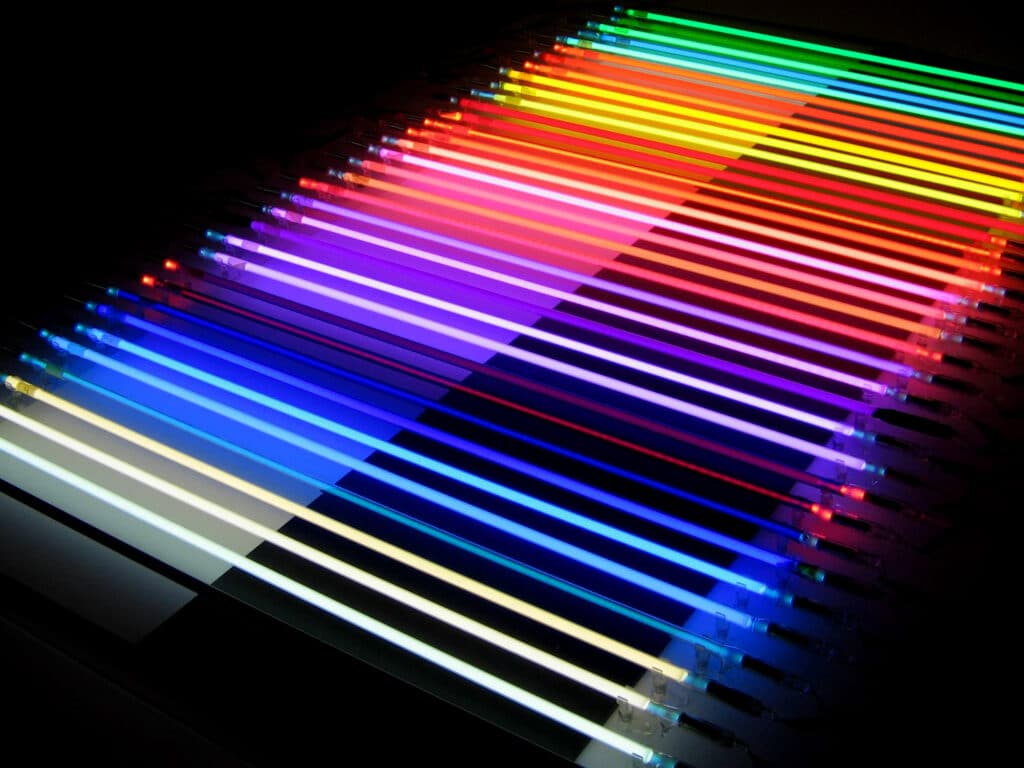
Red and blue lights are often associated with police and other authorities, which is why you cannot put them on your car. Having said lights can confuse other drivers and even be perceived as police impersonation, which can get you into trouble.
Of course, you are permitted to have red lights visible from the rear in the form of tail lights. However, other lighting is prohibited, which does include underglow.
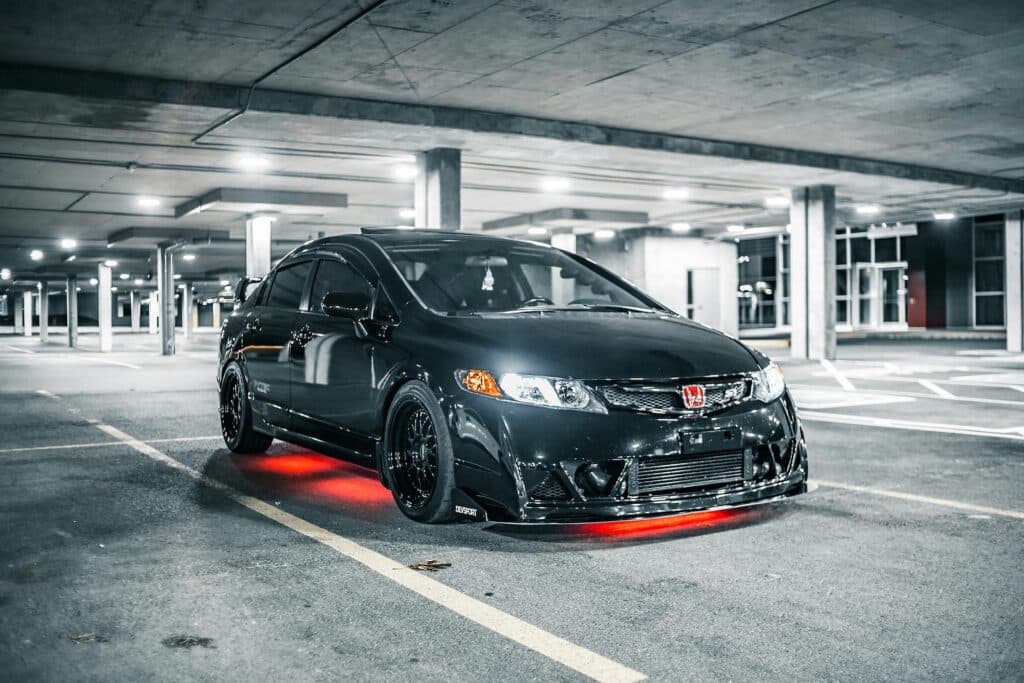
Green lights are reserved for doctors that are on call, explaining why they are not permitted for underglow or other automotive lighting applications.
In other words, colors like purple should be fine, but it would be wise to stay away from shades that could easily be confused with dark blue, light red, etc.
That way, you avoid the chance of being pulled over for having a restricted color (even if the color is actually just a light purple or dark orange, for instance).
A Quick Note on Headlights
White light is required for your headlights. Because white is known to equal headlights and red to equal tail lights, it could be dangerous to display white at the rear.
This could confuse a driver behind you who might think they have a car coming at them head on! You can easily imagine how this could lead to swerving, speeding, unsafe braking, etc., that could lead to an accident.
With this in mind, white lights should never be visible from the rear of your vehicle, including under car lights.
Types of Underglow You Can Buy and Install
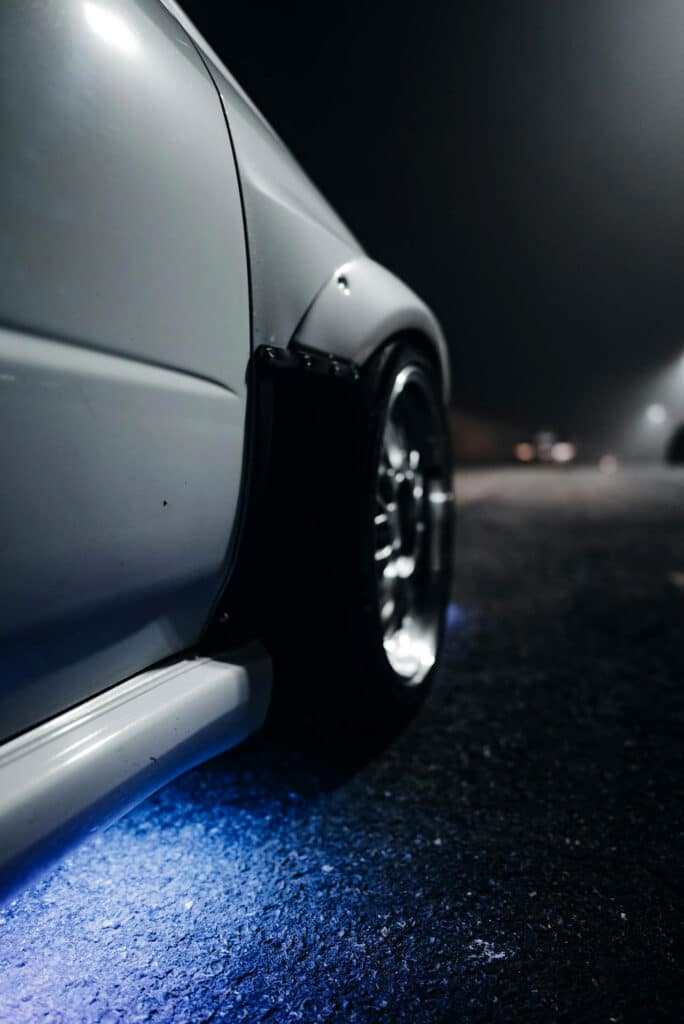
If you do want to run underglow on your car, you can choose between neon and LED lighting. However, the advantages of LED underglow far outweigh any from neons, so it is best to simply go with LED.
This is because neons are fragile; they are essentially tubes of compressed gas. Small imperfections on the tarmac could literally cause them to shatter. In order to produce colors other than red, chemicals have to be added. Meanwhile, LEDs are much more durable and last longer than their neon predecessors.
You can purchase LEDs in the form of pods, tubes, or strips. To replicate the original neon style as much as possible, go for the tubes. Otherwise, pods or strips will work just fine and you can choose whichever best fits your purpose.
A great thing about LEDs is they are often remote controlled, sometimes with Bluetooth, so you can run an app on your mobile, allowing you to customize the lighting patterns, colors, and effects.
So if you have a car that you run on both the public roads and the track, for instance, you could have red and blue lighting effects when you are on the track and change those colors when driving on the streets.
Concluding Summary
So underglow is legal in the UK, and the way you position the lighting, as well as the colors used, are indirectly controlled by other laws pertaining to automotive lighting. Basically, avoid red, blue, and green.
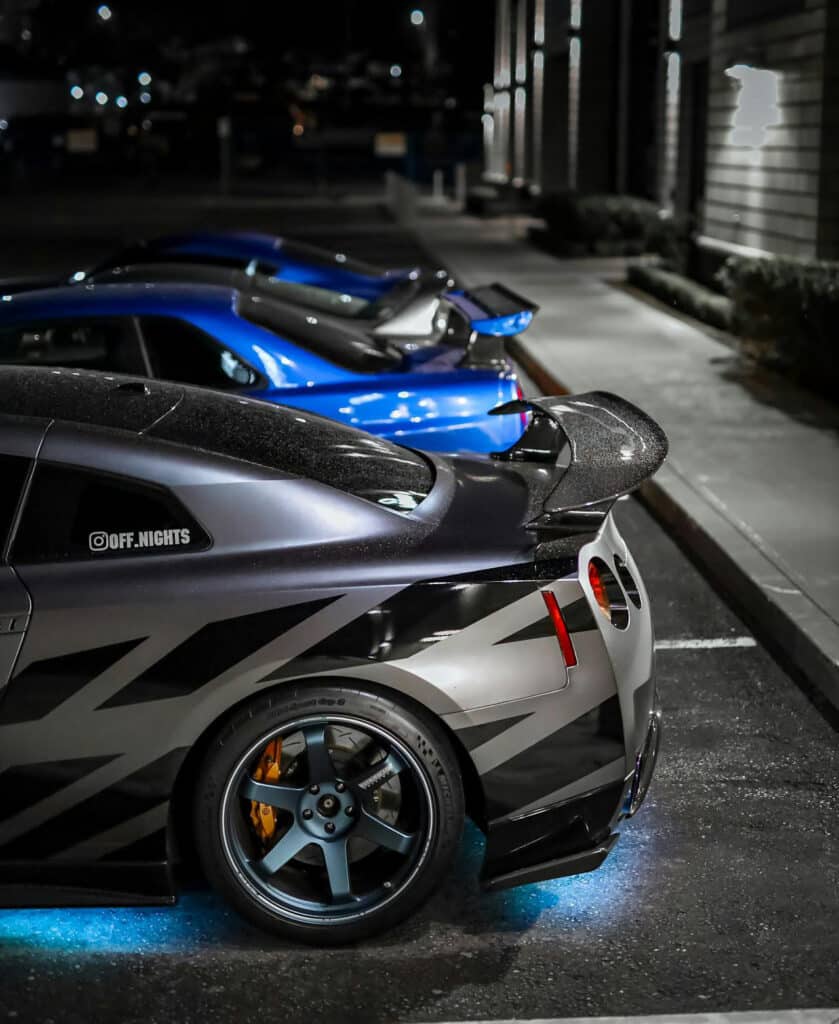
Red and blue are commonly limited to police and related authority vehicles, and doctors who are on call use green.
Additionally, white lights are for the front of vehicles only, so you cannot have white underglow visible from the rear of your vehicle. Otherwise, underglow is permitted as long as you abide by these restrictions.
Of course, if you have a dedicated track car that never traverses public roads (other than on a trailer), you can use whatever coloring you desire.
In fact, some motorsports, such as Formula Drift, make use of underglow to enhance the spectator’s enjoyment and overall experience. Funnily enough, drivers in Formula D are now actually required to run underglow for the night stages.
While you can purchase neon or LED lighting for your under car lights, it is best to defer to LED. They are cheaper, longer lasting, less likely to break during normal driving conditions, and highly customizable.
If, however, you are a fan of the original underglow look, you can buy LED tubes that most closely replicate that style.
Underglow can be a unique modification to help make your car truly your own and reflect your style. Just be sure to abide by your local laws and regulations to ensure you do not get into any legal trouble, including costly fines, for this mod.
